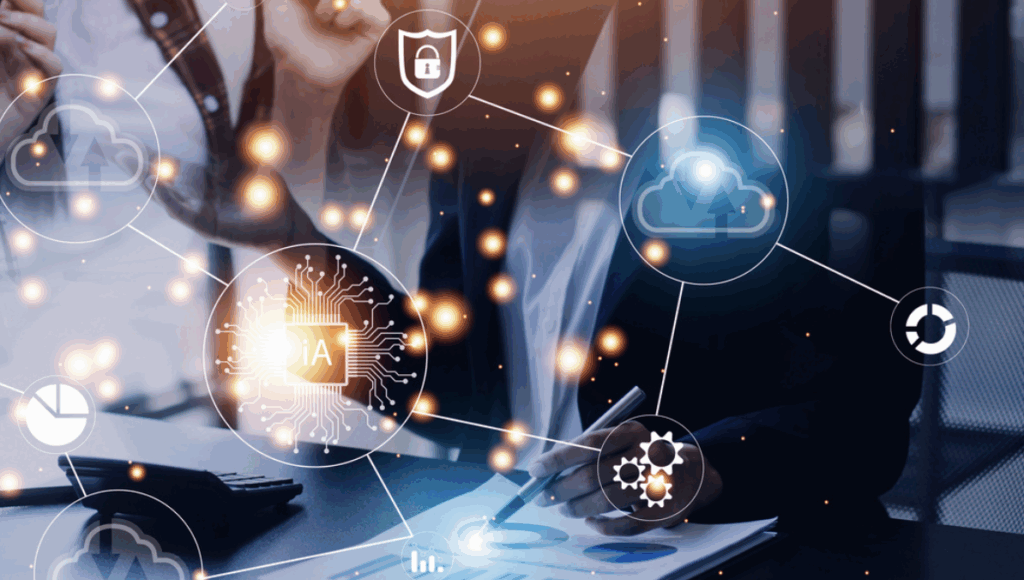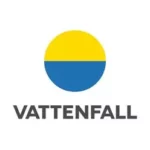Your AI has data,
we help you find answers
We provide Relevant
information
to Relevant people
Latest news
We often think of “virality” as a social media accident. But inside an organization, it is the spark that starts a critical chain reaction. We’ve reverse-engineered how success spreads. Here >>>
Are you fueling your future missions with noise?
With over 2 million Sharepoint sites & 2 billion documents created in MS environments each day, your mission could be grounded by chaos. Teams spend up to 30% of their critical workday not solving problems, but battling a sea of document drafts, old versions, and debris of an ungoverned system.
No mission would launch with ungoverned systems, why would your multi-million dollar business?
The chaos is the risk, and the ROG Framework © is the safeguard.

Scale AI in your collaboration environment.
Structure the Qualified Data. Get Measurable Outcomes.
Your mission demands certainty.
ROG Framework © will deliver qualified, actionable command intelligence.

Don’t lead your greatest mission with data that is governed by entropy.
The time of information chaos is over, collaborative qualified information is now.
Transform the mission strategy into seamless crew-wide viral collaboration.
Clarity. Structure. Results.
Enhancing Organizational Success:
Discover the ROG Framework©
Benefits
Speed to deploy
Implementation
Cost value
Visible increase
of Productivity
AI-ready
systems Benefit
Secure
Clients benefit significantly from the ROG Framework©
Our references

and former CIO Office manager Vattenfall



Use Case
 The Challenge
The Challenge
A major Swedish utilities company with 21,000 employees and a revenue of 22 billion € grew by acquisition in 8 countries.
Managing a vast amount of technical documentation and compliance data became a struggle.
A project was started to standardize processes and information handling in the IT department but didn’t achieve the desired results.
 The Solution
The Solution
Within one month Jean Francois Wipf set-up an IT Center based on the ROG Framework © resulting in exponential rise in hits and effectivity.
High utilization and user satisfaction led to a pull effect : other departments followed (HR, Compliance, Nuclear) to implement the ROG Framework ©
The Benefits
€20 million ROI annually due to unified, easily accessible information
AI accuracy up to 87% from 43% by connecting to a single, authoritative source and changing the LLM model
Solution deployed in less than a month – everyone has the same information
Productivity Gains
- 40% effort reduction in time spent searching for information
- 25% decrease in operational overhead
- Improved cross-departmental knowledge sharing

